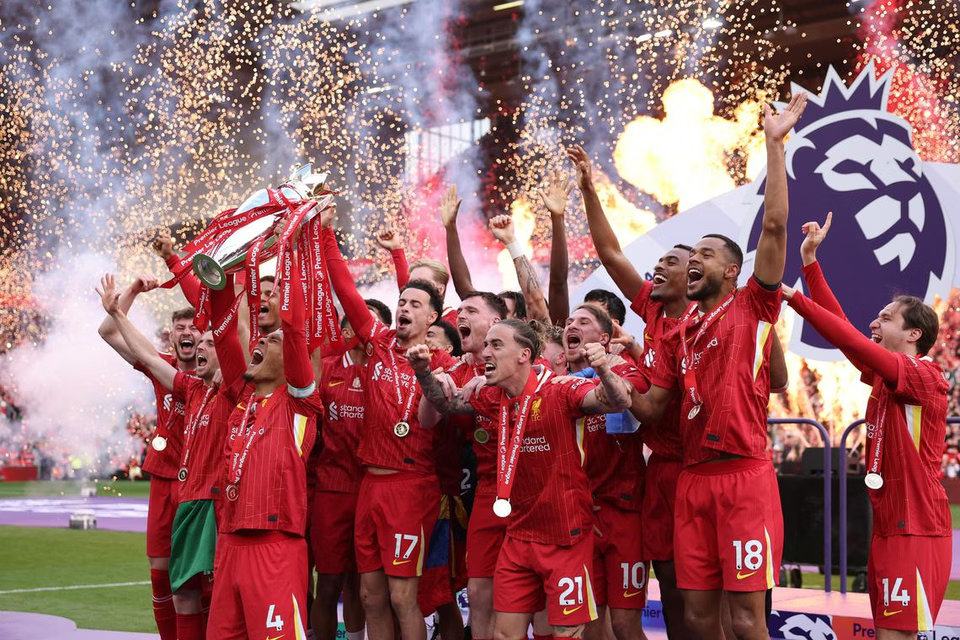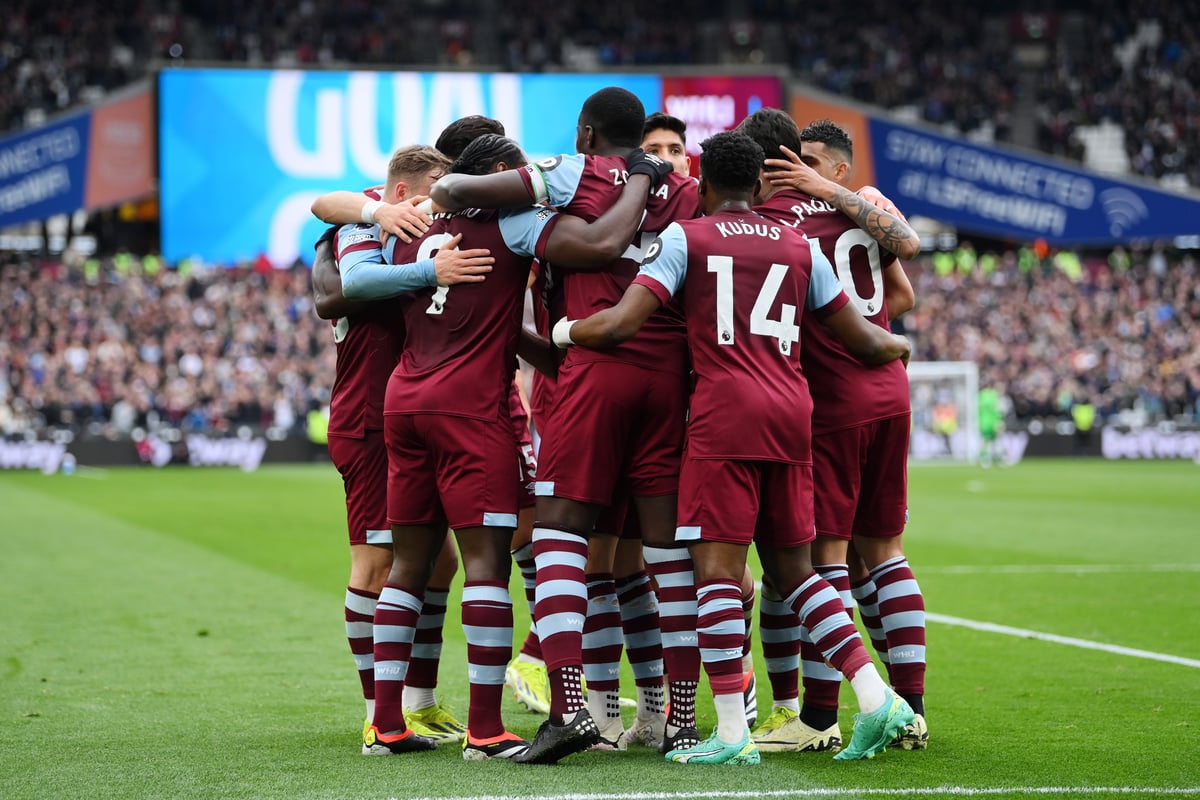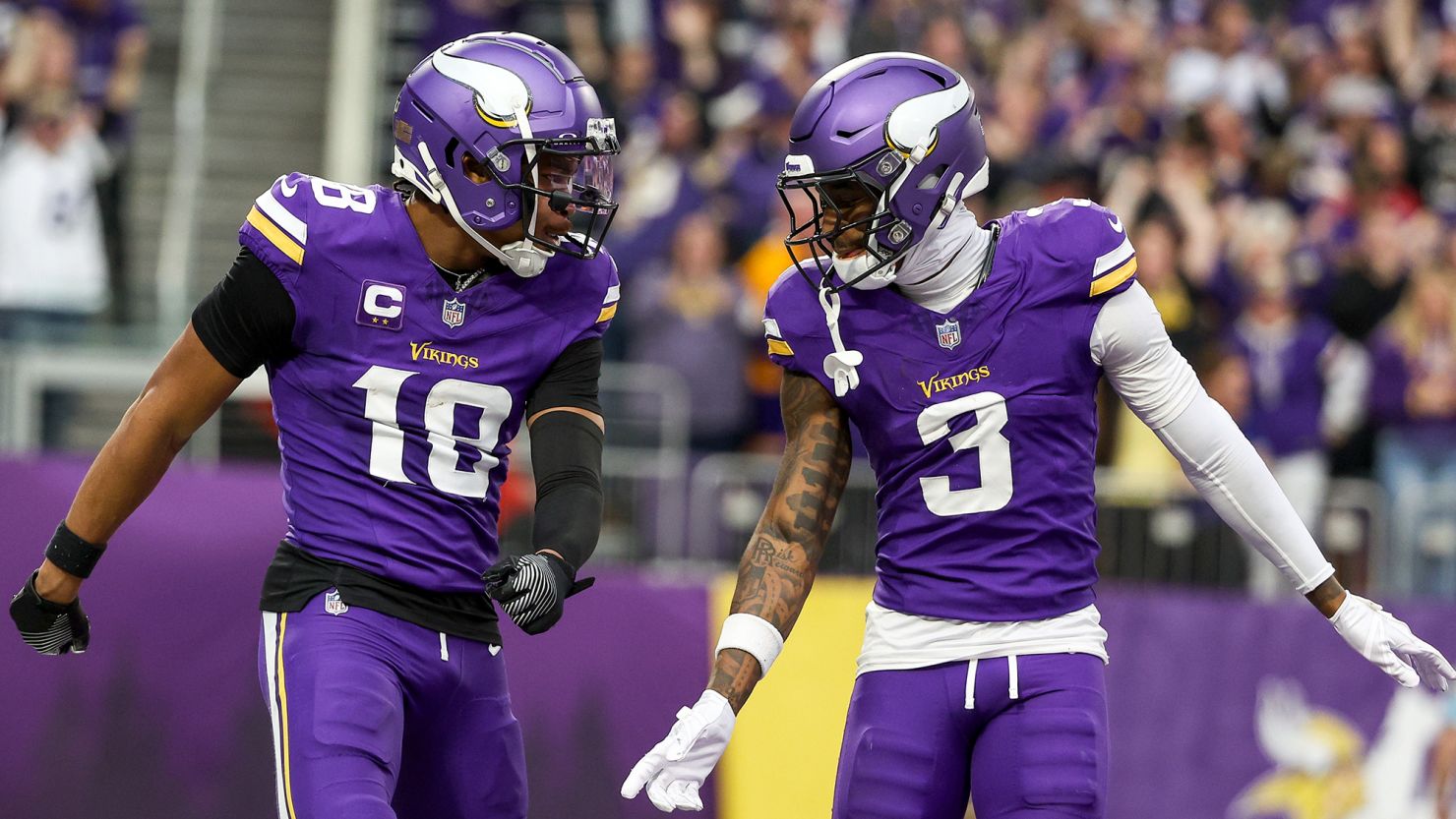The Premier League is the global theatre of football. With nearly 2 billion followers, it offers unmatched drama, talent, and global appeal. Yet, beneath the surface of packed stadiums and lucrative TV deals lies a financial reality that many clubs are grappling with: insolvency.
The Harsh Truth Behind the Balance Sheets
In the 2023–24 season, a staggering number of Premier League clubs posted financial losses. Brentford, Newcastle United, Wolves, Arsenal, Spurs, Crystal Palace, Fulham, Everton, Liverpool, Bournemouth, Chelsea, Aston Villa, Manchester United, Leicester City, and newly promoted Ipswich all found themselves in the red. Only a handful – Brighton, Manchester City, West Ham, Southampton, and Nottingham Forest – reported a profit.
This financial fragility is not confined to the Premier League alone. Across the top five tiers of English football, more than half of the clubs are technically insolvent. One executive recently confided, “We’re looking behind the sofa for savings – every pound or dollar we can find counts.”
The headlines say it all: “Manchester United closes staff canteen in latest cost-cutting move.”
Why Are Clubs Losing Money?
There are three main reasons:
- Player Wages Outpace Revenue Growth: In 2014, Premier League clubs spent £2 billion on wages. By 2023, that figure had doubled. Some clubs spend nearly 96% of their total income on wages, leaving little for operations, infrastructure, or innovation.
- Relegation Risk: Unlike the American franchise model, Premier League clubs face the existential threat of relegation. With it, broadcast revenues – which can reach £120 million per season – vanish almost overnight.
- Slowing Media Rights Growth: While the Premier League remains the most valuable football product globally, the growth in media rights revenue has plateaued. Clubs can no longer rely solely on broadcast income for sustainability.
Is the American Model the Solution?
Many clubs are turning to U.S. sports models for inspiration. In the U.S., sports franchises are structured for year-round profitability through premium seating, hospitality, and non-sporting event revenue. This model is reshaping English football too.
Case Study: Manchester City
City was the first to bring the “tunnel club” concept to the Premier League – offering fans a luxury dining experience just meters from where players enter the pitch. Now, they’re expanding the Etihad Stadium to 60,000 seats, adding a hotel, fan zones, restaurants, and a 23,000-seater music arena hosting over 120 events annually. The goal: turn their stadium into a 365-day commercial ecosystem.
Case Study: Tottenham Hotspur
Spurs’ new stadium has become an NFL hub and a concert venue. Their NFL tie-ins have unlocked new audiences, revenue streams, and commercial partnerships. It’s a template other clubs are beginning to replicate.
The Investor’s Dilemma
Despite the brand value, a Premier League club costs a fraction of its U.S. counterparts:
- Average NFL franchise: $5.9B
- Average NBA franchise: $4.6B
- Average Premier League club: $1.5B
But the gap in valuation reflects volatility. In England, promotion and relegation add layers of risk. Additionally, fan loyalty is tribal. You can’t change your club like you change your supermarket. Ticket price increases trigger protests, not profit.
So Where Do Clubs Go From Here?
The future of financially sustainable football lies in the hybridisation of tradition and commercial reinvention:
- Year-Round Venue Usage: Explore stadium expansion projects that include hotels, F&B, music venues, retail spaces, and fan zones.
- Premium Hospitality: Introduce high-end matchday experiences without pricing out loyal fans. Tunnel clubs and VIP lounges can create new revenue without alienating supporters.
- Global Partnerships: Think beyond regional sponsors. U.S., Gulf, and East Asian brands view football as a gateway to massive consumer bases.
- Operational Efficiency: Optimise staffing, reduce wasteful spending, and digitise operations. From catering to ticketing to scouting, there are margins to be found.
Practical Tips: How to Cut Costs Without Cutting Corners
- Outsource Smart: Use third-party vendors for non-core services like catering, cleaning, or hospitality management.
- Digitise Matchday: Mobile ticketing, QR-based payments, and dynamic pricing models reduce overhead and maximise yield.
- Venue Monetisation: Host offseason events, corporate off-sites, esports tournaments, or fan experiences.
- Energy Efficiency: Switch to renewable sources, automate utilities, and optimise stadium operations for long-term savings.
Final Thoughts: Beyond the Numbers
Football is still a game of passion, history, and loyalty. But the business behind it must evolve. Clubs that embrace strategic transformation – from cost restructuring to global expansion – will not only survive, but thrive.
Partner with Us
At 365247 Consulting, we specialize in sports business strategies that drive growth and fan engagement. If you’re interested in exploring opportunities within the evolving landscape of the sports industry, let’s connect.
Book a consultation here: https://calendly.com/365247-consulting
IMAGE: Reuters


